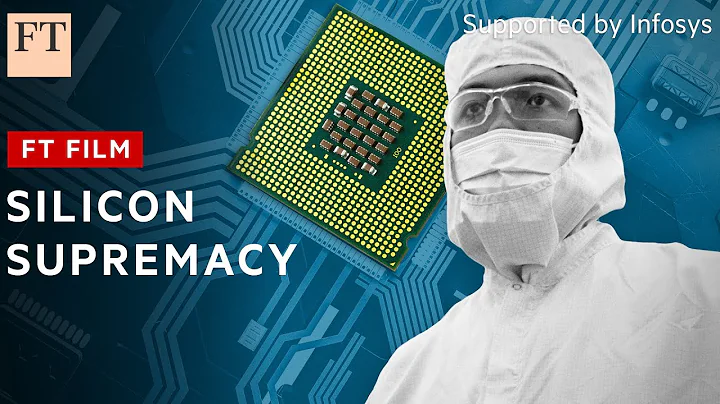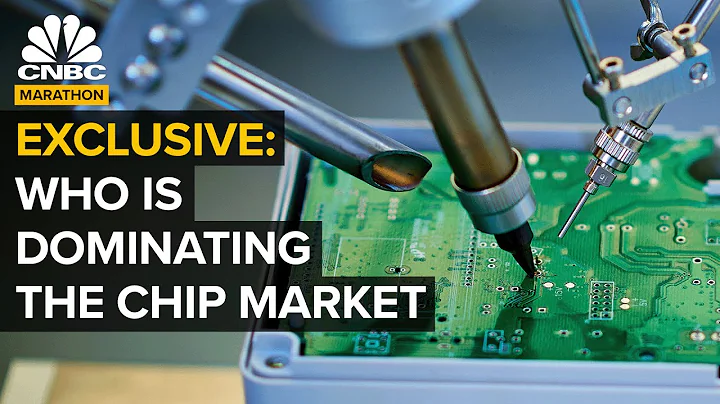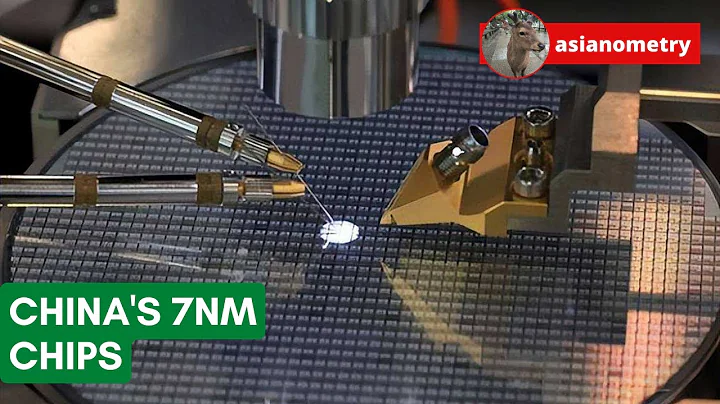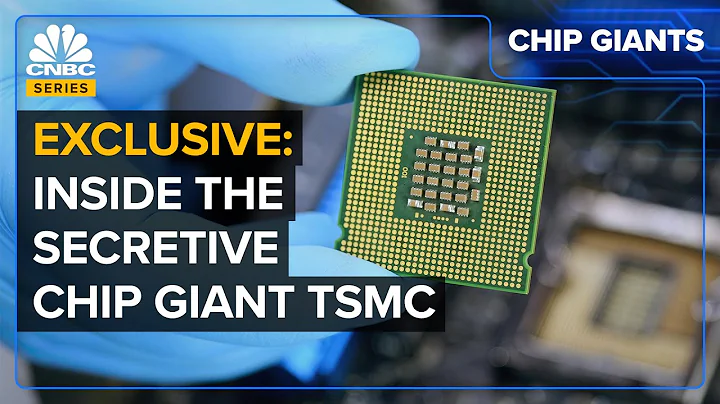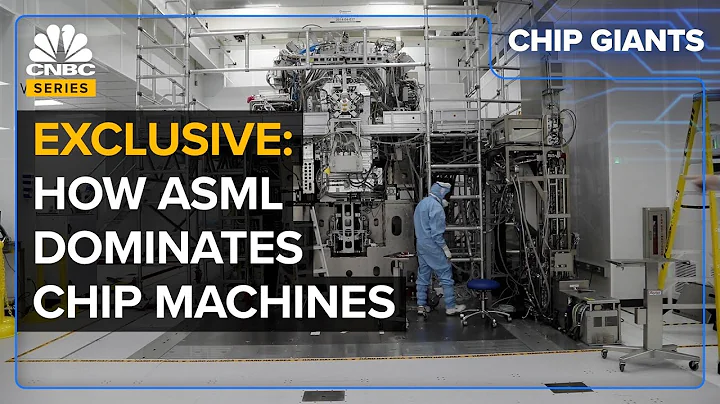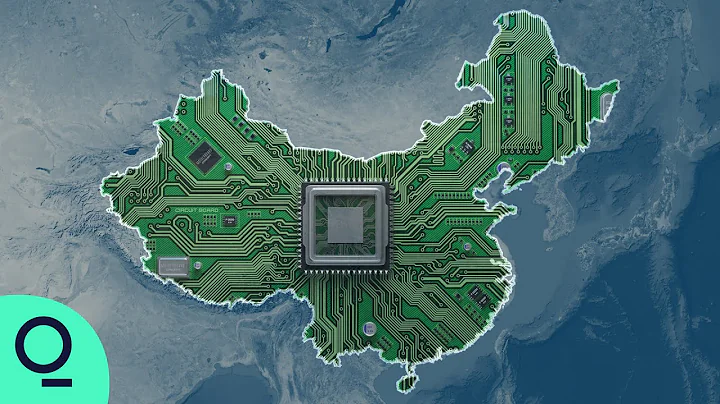A few days ago, TSMC announced that it would expand the production of 2-nanometer chips. SMIC and Huawei were both hit hard. Many people said that this time, domestic chips really cannot catch up.

TSMC has undoubtedly made a decision this time, and in the field of chips, TSMC is the absolute authority, so it is very likely that they will actually achieve mass production of 2 nanometers in three years.
When the time comes, where will our domestic chips go?
You must know that in the chip industry, leading companies have always been more popular. For example, TSMC has a net profit of nearly 170 billion a year, half of which relies on 7 nanometers and 5 nanometers. Especially in terms of 5 nanometers, Samsung are all It can't compare to TSMC. How can one company not be popular if it is the only one?
Now TSMC is going to develop 2nm. If it really achieves mass production, it will have a monopoly by then. If you want to use the most advanced mobile phones, you have to look at TSMC's face. It will be too easy for it to make money by then.
So, head companies basically have high investment, high returns, and a cycle of conscience, while for waist companies, let alone making money, it is good if they can not lose money.
Because the chip market now has two parts, one is similar to cars, and 28nm chips are enough, and the other is mobile phones, which will only use the most advanced chips, such as the current 5nm.
In other words, if you spend a lot of money to research advanced chips now, by the time you finally develop 2 nanometers, TSMC will have been mass-producing them for many years. By then, there will be no market for your products.

Just look at SMIC today. They also have more advanced chips, such as 28 nanometers and 14 nanometers, but these only account for 15% of their net profit, not even one-third.
SMIC's most profitable products have always been 0.18 micron and 50 and 60 nanometers.
In other words, if waist companies want to develop cutting-edge technology, they will face losses. If they want to make a profit, they will have to give up researching cutting-edge technology and wait to be restricted. Anyway,
is not cost-effective.
But this does not mean that we have to give up. This can be seen from Huawei's experience during this period.
Before TSMC and Huawei cooperated, the performance of Kirin chip increased year by year, and it was tied with Qualcomm Snapdragon. But now TSMC is forced to abandon Huawei, causing Huawei to be unable to keep up with the progress of Qualcomm .
Now Huawei has just removed Mate40, which has already caused a lot of discussion. If Qualcomm launches , a 2nm high-performance mobile phone chip in the future, then half of Huawei's country may be lost. The
incident has also sounded the alarm to domestic chip companies such as SMIC. If we really give up researching cutting-edge chip technology, then in the future we will only face restrictions again and again and watch others seize the market.
Moreover, the current international situation in the chip field is also tense.
Before, the U.S. semiconductor giants imposed sanctions on Russia, and later, Russia restricted the import and export of inert gases.

Don’t underestimate these inert gases. They are widely used in chip production, and many key chemical properties require the assistance of these gases.
You must know that 50% of global neon production comes from Ukraine and 30% comes from Russia. Now that the two countries have stopped production one after another, ASML is in trouble. They must quickly find other supply chains, otherwise even if the world is short of cores, they will Can't survive.
Therefore, the chip supply chain has always been a global matter. If we really want to solve the problem of core shortage, we must globalize the chip industry chain and gradually increase production capacity. But obviously, this is basically impossible.
Russia restricts import and export for the sake of its own chip development. TSMC spends money to research 2 nanometers for its own interests. If Huawei and SMIC do not want to watch others carve up the market, they must develop their own chips.
In a word, if you want to be unrestricted, you have to be tough. If our technology really breaks out, then we will be greeted by a broader market.
